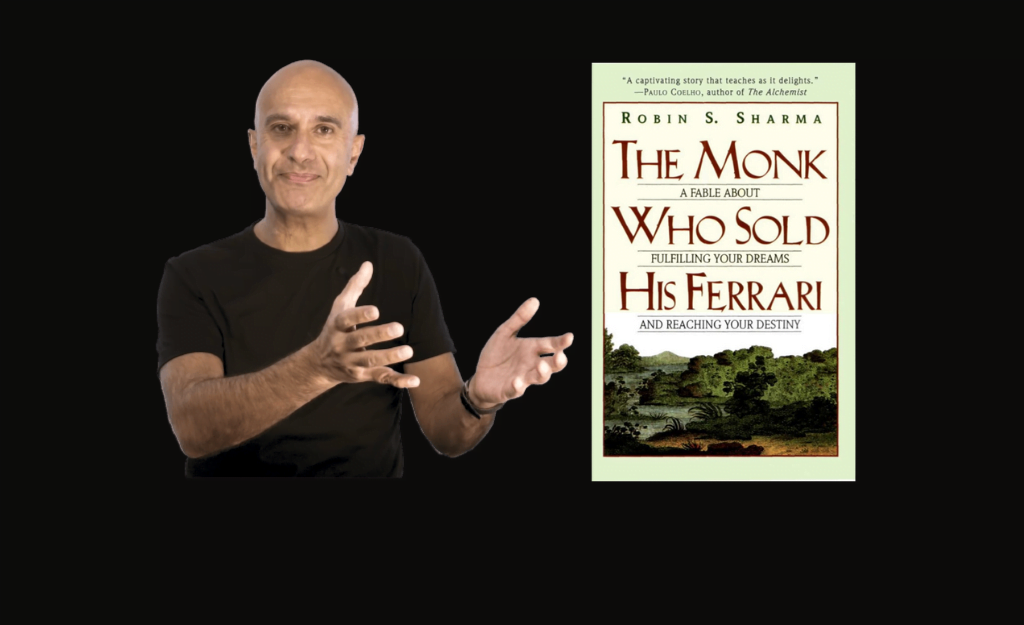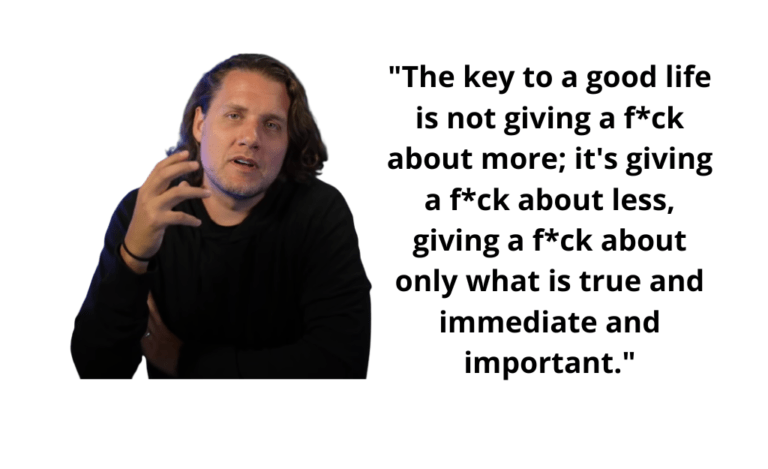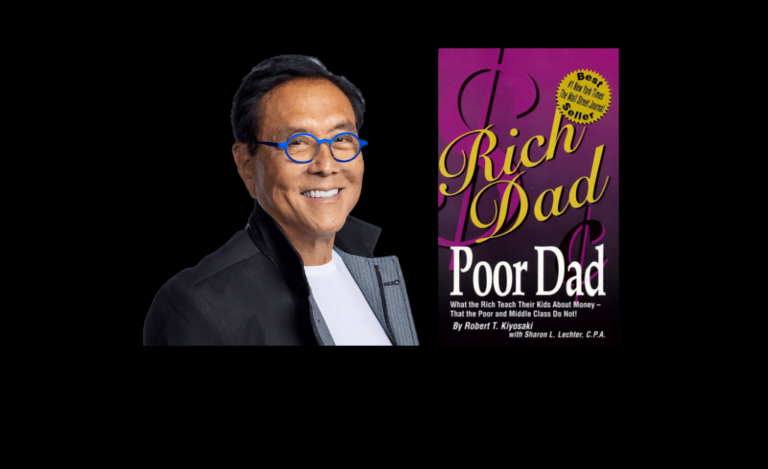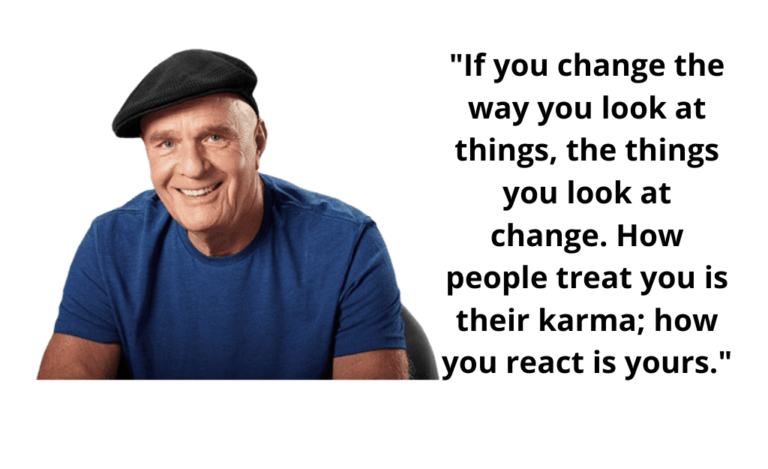Disclaimer: This post may contain affiliate links. For more information, please visit our Disclaimer Page.
Uncovering the Life-Changing Lessons from the Bestselling Book
Introduction
“The Monk Who Sold His Ferrari,” a self-help gem written by Robin Sharma, has inspired millions worldwide to seek a more purposeful and gratifying existence. The book, a best-seller, narrates the tale of Julian Mantle, a lawyer of prestige but with an unfulfilled spirit, who sets out on a journey of self-discovery after unloading all of his possessions. Throughout his travels, he uncovers the wisdom of ancient civilizations and the secrets to a joyful and triumphant life.
This article delves deeper into the profound message of “The Monk Who Sold His Ferrari.” We present a comprehensive synopsis of its central themes and teachings, encompassing key lessons and ideas.
Whether you’re a seasoned reader of the book or just starting to explore its wisdom, this article will offer a more nuanced understanding of its message and guide you on applying its teachings to enhance your life.
The Journey of Julian Mantle: A Transformative Journey
Julian Mantle is in his fifties and one of the most famous lawyers in the country. Successful in his profession, Julian also has everything in life: career, fame, money, a private jet, an island, and a red Ferrari. Julian works all the time but doesn’t care about his health.
Due to his busy work schedule, he suffers a heart attack during a trial. This disease will change Julian’s whole life. He disappears after completing his treatment at the hospital. He sold everything he owned, even his beloved Ferrari, and took a trip to India.
Julian Mantle knocks on his friend John’s office door after three years. John cannot believe his eyes. Julian went through huge changes mentally and physically, becoming a happy, healthy, and energetic person. He looks to be in his thirties. Julian tells his friend about his experiences over three years:
Julian Mantle embarks on a grueling journey across India to meet the Sages of Sivana, who live in the Himalayas. At the end of this journey, she meets a man with flowers in a basket. This is her first encounter with the Sages of Sivana.

He tells the wise men what happened to him. This sage’s name is Yogi Raman, and he will change Julian’s life. Yogi Raman takes Julian to his village and introduces him to other sages. For three years, Julian adapts to the life of the thinkers and lives like them.
Yogi Raman tells Julian a story.
This story describes the seven virtues of achieving an enlightened life: You are sitting in a wonderfully fertile and green garden. In the middle of the garden is a six-story lighthouse. After a while, the entrance door to the lighthouse opens, and a Japanese sumo wrestler enters. It has a pink drawstring at the waist. The sumo wrestler slips and falls when he steps on a golden stopwatch lying on the floor. After passing out, he wakes up to the smell of yellow roses blooming there. Gathering his energy, he stands up. In the farthest corner of the garden is a path lined with millions of sparkling diamonds. He begins to walk on the path, and this path leads him to the passage of inexhaustible joy and endless happiness.
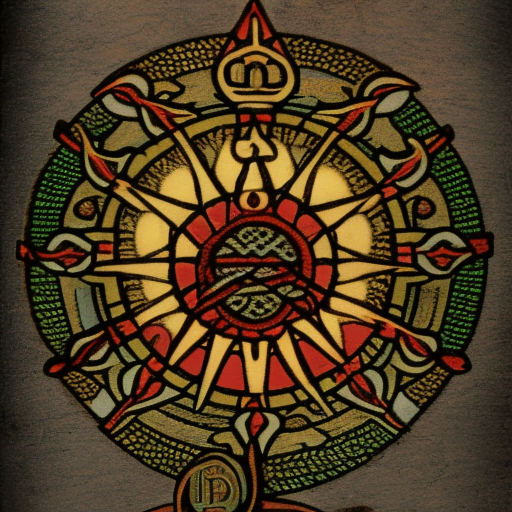
Sage Yogi Raman tells Julian the seven virtues needed to attain enlightenment with a story. The story told is as follows:
“You are sitting in the middle of a magnificent, fertile, and green garden. This garden is adorned with the most extraordinary flowers you will ever see. The environment is extremely calm and peaceful. Absorb the sensory bases of this garden and think you can spend all your time in this natural destruction. When you look around, you see a six-story red lighthouse in the middle of the garden.
The silence of the garden is suddenly broken when the entrance door to the tower opens with a loud bang. A Japanese sumo wrestler, three meters tall and weighing three hundred and fifty kilos, jumps out. This Japanese Sumo is naked! Well, not completely naked. There is a thin pink cord covering her private parts. While walking through the garden, Sumo finds a golden stopwatch that someone left years ago. It slips on the stopwatch and lands on the floor with a loud thud.
Sumo loses consciousness, and just as you think he is taking his last breath, the fighter might wake up to the fragrant scent of yellow roses blooming there. Gathering his energy, the fighter jumps and instinctively looks to the left. He is surprised by what he sees. At the end of the garden is a long path lined with millions of sparkling diamonds that wind through the undergrowth.
Something tells the fighter to follow that path, and that’s what he does. The path takes you to inexhaustible joy and eternal happiness.” Something tells the fighter to follow that path, and that’s what he does. The path takes you to inexhaustible joy and eternal happiness.” Something tells the fighter to follow that path, and that’s what he does. The path takes you to inexhaustible joy and eternal happiness.”
The 7 Virtues of a Fulfilled Life
The garden, the lighthouse, the sumo wrestler, the rose belt, the stopwatch, the roses, and the path represent the seven virtues necessary for an enlightened life.
These Seven Virtues are based on the teachings of ancient wisdom and serve as a roadmap for achieving success, happiness, and inner peace.
Master Your Mind
Garden: The garden in the story represents the mind of man. Man’s mind is like a garden. The better cared for a garden, the more productive it is. We must not allow harmful weeds to grow in this garden. It is necessary to remove from our minds the worries that will pollute our gardens. The thoughts in our minds determine our quality of life. Every obstacle we encounter is an opportunity for personal growth.

Follow Your Purpose
Lighthouse: We must have a purpose in our lives. The lighthouse symbolizes that purpose. Constantly striving to set and achieve personal, professional, and mental goals in our lives will provide satisfaction. We must have the necessary courage to accomplish the goals we have set for ourselves.

Practice Kaizen
Sumo Wrestler: This represents the strength, discipline, and determination needed to achieve our goals.
Julian learns that small, consistent steps are the key to achieving great things and that by embracing a philosophy of continuous improvement, we can achieve our goals and improve our lives. He realizes that by taking small steps daily, we can overcome our fears, achieve our dreams, and become the best version of ourselves.

The Power of Discipline
Pink Belt: It is the symbol of a disciplined life. Pink cord consists of small pieces of wire knitted over each other. These by themselves make no sense. With our actions in all areas of our lives, our discipline develops and becomes solid, just like the pink cord. Developing our inner discipline ensures a better quality of our lives.
Discipline is the key to success, and by developing a strong sense of discipline, we can achieve our goals and live a life of excellence. He realizes that discipline is not about denying ourselves the things we love but rather about making positive choices that lead us closer to our goals.
Respect Your Time
Stopwatch: Represents time. Time is one of the most valuable things a person has. Controlling our time, defining our priorities, and planning in a balanced way is essential for a quality life. To manage time is to control life. Time is the only resource that cannot be recycled.
Julian learns that time is a precious resource and that we can achieve great things by valuing our time and using it wisely. He realizes that by prioritizing our time and avoiding distractions, we can focus on what truly matters and live a more productive and fulfilling life.
Selflessly Serve Others
Yellow Roses: We should help other people without expecting anything in return, just like the roses that smell good around them. Glorifying the lives of others also elevates our own.

Julian learns that true success and happiness come from serving others and that by positively impacting the lives of those around us, we can live a life of purpose and meaning. He realizes that by putting the needs of others before our own, we can build meaningful relationships, create a positive legacy, and live a life of fulfillment.
Embrace the Present
The Diamond Covered Path: Represents the moment we live in. Leaving aside worries about the future, we should live each day as if it were our last.
Julian learns that the present moment is the only time we truly have and that by living in the moment and being mindful of our thoughts and actions, we can create a more fulfilling life. He realizes that by embracing the present moment, we can avoid the distractions of the past and future and focus on what truly matters.
Practical Examples of the Seven Virtues from “The Monk Who Sold His Ferrari”
The Seven Virtues from “The Monk Who Sold His Ferrari” are theoretical concepts that can be applied in our daily lives to achieve success, happiness, and inner peace. Here are some practical examples for each of the Seven Virtues:
Master Your Mind
- Practice daily affirmations to boost your confidence and self-esteem.
- Engage in mindfulness and meditation to quiet the mind and improve focus.
- Read positive and motivational books to cultivate a positive mindset.
Follow Your Purpose
- Write down your goals and create a plan to achieve them.
- Spend time reflecting on your passions and interests to identify your purpose.
- Take action toward pursuing your purpose, even if it means taking small steps every day.
Practice Kaizen
- Break large goals into smaller, manageable tasks.
- Focus on making small improvements every day rather than striving for perfection.
- Celebrate your successes and learn from your failures.
The Power of Discipline
- Establish a routine and stick to it, even if it means making sacrifices.
- Avoid distractions and prioritize your time to focus on what truly matters.
- Choose to make positive choices, even when it’s not easy.
Respect Your Time
- Learn to say “no” to commitments that are not aligned with your goals.
- Avoid multitasking and focus on one task at a time.
- Prioritize rest and self-care to avoid burnout.
Selflessly Serve Others
- Volunteer your time and skills to support a cause you care about.
- Seek opportunities to help others, even in small ways.
- Cultivate gratitude and kindness in your daily life.
Embrace the Present
- Practice mindfulness and live in the moment.
- Avoid getting bogged down in worries about the future or regrets about the past.
- Focus on what you can control in the present moment, and let go of what you cannot.
The Legacy of the Book
Since its release in 1997, “The Monk Who Sold His Ferrari” has captured the hearts of readers worldwide and has been translated into over 40 languages. Its impact has been nothing short of profound, serving as a source of inspiration for countless individuals striving to make positive changes in their lives. This book remains a classic in the realm of personal development, and its teachings continue to be highly regarded by motivational speakers, coaches, and self-help enthusiasts alike.
What others wrote about the book
Yes, other authors make public statements about “The Monk Who Sold His Ferrari.” Here are a few examples:
- “This book is a timeless classic. It is a must-read for anyone who wants to achieve greatness in their personal and professional lives.” – Brian Tracy, motivational speaker and author.
- “Robin Sharma is a genius. He has a unique ability to take complex ideas and simplify them into practical and actionable steps.” – John C. Maxwell, author and leadership expert.
- “The Monk Who Sold His Ferrari is a powerful reminder of the importance of living a life of purpose, passion, and balance. It is a book that will inspire you to make positive changes in your life and achieve the success you deserve.” – Jack Canfield, author and speaker.
- “This book is a game-changer. Robin Sharma’s wisdom and guidance will help you achieve your goals, find happiness, and live a life of significance.” – Tony Robbins, motivational speaker and author.
- “The Monk Who Sold His Ferrari is a must-read for anyone looking to create a life of abundance, happiness, and fulfillment. Robin Sharma’s insights are powerful and life-changing.” – Deepak Chopra, author and speaker.
- “The Monk Who Sold His Ferrari is a powerful and transformative book. Robin Sharma’s message will help you unlock your potential and create a life of purpose and meaning.” – Joel Osteen, pastor and author.
Conclusion
The Essence of the Book
This timeless tale presents many life-altering lessons for seekers on their path of self-discovery. First and foremost, it highlights the importance of cherishing the journey, not just the destination.
Secondly, it calls upon readers to uncover their life’s purpose and meaning. Lastly, it underscores the significance of self-discipline, inner peace, and a positive outlook in attaining personal growth and happiness.
With its balance of complexity and variation, this timeless tale remains a must-read for anyone seeking to enhance their personal and spiritual journey.
F.A.Q. about “The Monk Who Sold His Ferrari” by Robin Sharma
What is “The Monk Who Sold His Ferrari” about?
“The Monk Who Sold His Ferrari” is a self-help book by Robin Sharma that tells the story of a successful lawyer who gives up his career and possessions to seek enlightenment in the Himalayas. The book offers a powerful message about the importance of living a fulfilling life and pursuing one’s dreams.
What are the main themes of “The Monk Who Sold His Ferrari”?
Some of the main themes in “The Monk Who Sold His Ferrari” include personal growth, self-discovery, and achieving success through hard work and perseverance. The book also emphasizes the importance of mindfulness, living in the present moment, and developing a positive mindset.
What is included in the resume of “The Monk Who Sold His Ferrari”?
The resume of “The Monk Who Sold His Ferrari” includes a summary of the book’s key ideas and themes and practical tips and exercises for applying these concepts to one’s life. The resume also provides a brief biography of the author, Robin Sharma.
How can “The Monk Who Sold His Ferrari” help readers improve their lives?
“The Monk Who Sold His Ferrari” can help readers improve their lives by offering practical advice and inspiration for personal growth and development. The book encourages readers to cultivate good habits, develop a positive mindset, and pursue their dreams passionately and purposefully.
What other books has Robin Sharma written, and how do they relate to “The Monk Who Sold His Ferrari”?
Robin Sharma has written several other books on leadership, personal development, and success, including “The 5 AM Club” and “The Leader Who Had No Title.” These books share many of the same themes and principles as “The Monk Who Sold His Ferrari,” and offer additional insights and strategies for achieving personal and professional success.
Quotes of “The Monk Who Sold His Ferrari”
“The best way to predict your future is to create it.”
“The only way to do great work is to love what you do.” – Steve Jobs
“The difference between successful people and really successful people is that really successful people say no to almost everything.”
“The greatest glory in living lies not in never falling, but in rising every time we fall.” – Nelson Mandela.
“The only thing we have to fear is fear itself.” – Franklin D. Roosevelt
“Your time is limited, don’t waste it living someone else’s life.” – Steve Jobs
“Success is not final, failure is not fatal: It is the courage to continue that counts.” – Winston Churchill
“Happiness is not something ready-made. It comes from your own actions.” – Dalai Lama.
You can read Robin Sharma’s biography by clicking on this link or in the image below. We hope you like it!!
Disclaimer: This blog post is a summary or resume of the book and is not intended to dispense the reading of the original book. This post aims to provide a general overview of the book’s main ideas and themes and encourage readers to read the complete book to gain a deeper understanding of the material. The information presented in this post is intended to be something other than a substitute for the original book and should be used as a supplement to, not a replacement for, the entire book. We strongly encourage readers to read the complete book to benefit from its ideas and teachings fully.

